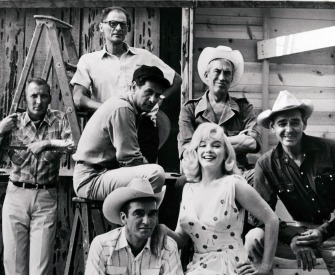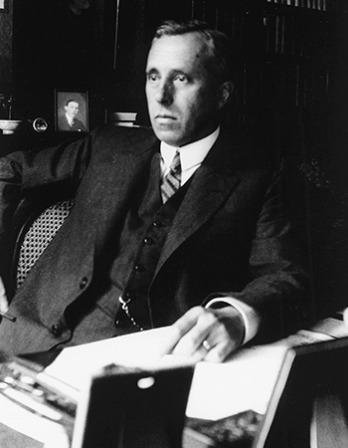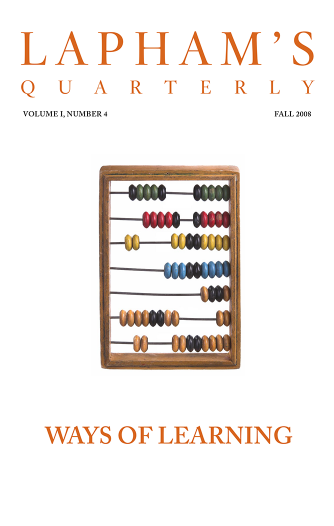When we entered, we found Protagoras taking a walk in the portico, and next to him, on one side, were walking Callias, the son of Hipponicus, and Paralus, the son of Pericles, who, by the mother’s side, is his half-brother, and Charmides, the son of Glaucon.
On the other side of him were Xanthippus, the other son of Pericles, Philippides, the son of Philomelus, also Antimoerus of Mende, who of all the disciples of Protagoras is the most famous, and intends to make sophistry his profession. A train of listeners followed him, of whom the greater part appeared to be foreigners, who accompanied Protagoras out of the various cities through which he journeyed. Now he, like Orpheus, attracted them by his voice, and they followed the attraction. I should mention also that there were some Athenians in the company. Nothing delighted me more than the precision of their movements: they never got into his way at all, but when he and those who were with him turned back, then the band of listeners divided into two parts on either side; he was always in front, and they wheeled round and took their places behind him in perfect order.
From “Protagoras.” With his father claiming descent from the last king of Athens and his mother related to leaders of the oligarchy of 404 BC, Plato left his polis for Megara after Socrates was killed in 399 BC, returning twelve years later to found the Academy. Neoplatonism flourished in the third century, Christian thinkers finding in the concept of “the Good” a similarity to God.
Back to Issue




